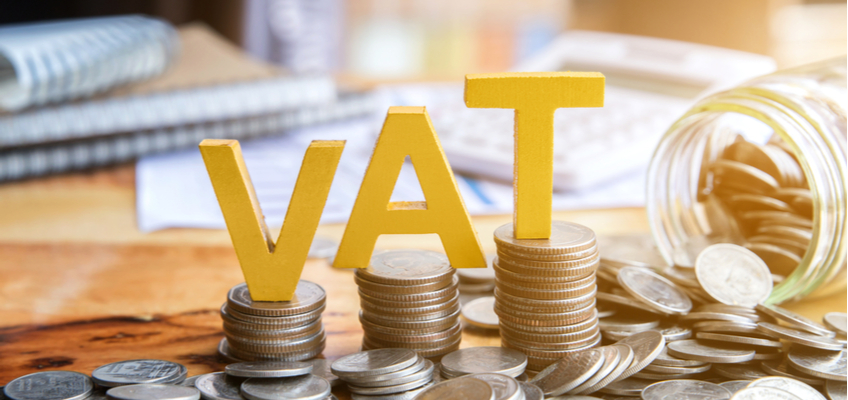
How to manage Value Added Tax (VAT)
If you are an eSeller looking to expand your business internationally, you need to be aware of the impact of Value Added Tax (VAT) on your business.
For US businesses, VAT is similar to sales tax, with one significant difference: in the US, sales tax is charged at the point of sale, and as a result, resellers are exempt from paying VAT upon purchase. Outside of the US, VAT is charged and collected during every point of the supply chain.
Because of this, eSellers need to have a plan of action on how to manage VAT payments, including such factors as customer location, product type, sales volume and delivery method.
To make managing VAT easier, we compiled a list of important VAT management tips >>
When VAT matters
As an incorporated entity outside of Europe, you will have to register for a Non-Established Taxable Person (NEPT). If your business is located within the EU, you will have to follow the VAT registration guidelines that your specific country requires before registering as a VAT compliant entity.
When selling goods on marketplaces, eSellers need to add their VAT number to their account. On Amazon, for example, that means adding your VAT number to your Seller Central Account.
Holding inventory in the EU
To store inventory in the EU, you need to be registered as a NEPT. This is because VAT laws require goods to be taxed throughout every step of the sales process, and this includes the purchase and storage stage of the sales funnel in the EU.
For example, if you have an Amazon store and use Amazon’s Fulfillment by Amazon (FBA) program, you may choose to have your inventory stored in EU facilities. Doing so will shorten delivery time, improving customer satisfaction and ultimately boosting your store and seller reputation. However, it will also necessitate holding stock in the EU, and that triggers a VAT event.
How to pay VAT
One of the most complicated things about VAT is that it needs to be paid in local currency, i.e., German VAT must be paid in euro, while British VAT is in pounds.
As an eSeller located outside of the EU, dealing with currency fluctuations and exchanges rates for VAT payments could impact your profitability. If you are a low margin business, this may even make the difference between break-even and loss.
If you’re looking to expand your operation and sell goods internationally, you need to have a VAT payment solution that reduces exchange rates and transfer fees and simplifies multi-currency VAT payment management.
How Payoneer helps you pay VAT
Payoneer provides international eSellers with the ability to manage all VAT payments instantly and with minimal costs.
With Payoneer, eSellers do not pay withdrawal or currency conversion fees and instead can pay VAT directly from their Payoneer balance. Payoneer’s VAT payment service makes it easier for eSellers to manage multiple currency VAT payments while ensuring that VAT payments are received in one business day.
eSellers that are eligible for VAT refunds can receive the money directly into their Payoneer account at no extra cost, making management of VAT funds easier. To learn more about how Payoneer helps you manage VAT, click here.
Things to keep in mind
If you sell goods on an international marketplace such as Amazon, the marketplace is liable for ensuring your compliance. As a result, marketplaces will not let you sell goods to European customers without a VAT number.
It is important to remember that making VAT payments remains the responsibility of eSellers and not the marketplaces on which they sell. That is why more and more eSellers are looking for comprehensive solutions that will let them make their VAT payments seamlessly and efficiently.
Do not let VAT deter you from growing your business internationally and selling goods to international customers. For more information about how VAT impacts your business, what VAT payments you can expect to make and how you can manage your VAT payments, click below.




